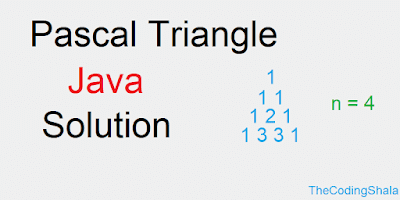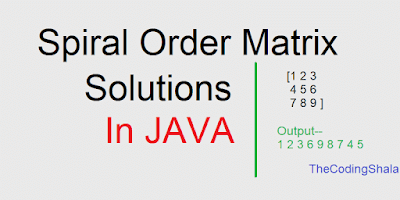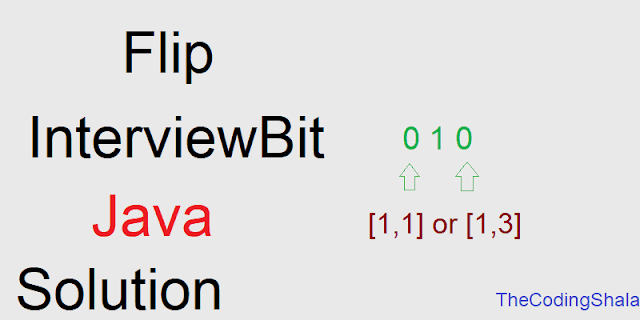Pascal Triangle - The Coding Shala

Home >> Interview Questions >> Pascal Triangle Pascal Triangle Java Solution Given numRows, generate the first numRows of Pascal’s triangle. Pascal’s triangle: To generate A[C] in row R, sum up A’[C] and A’[C-1] from previous row R - 1. Example: Given numRows = 5, Return [ [1], [1,1], [1,2,1], [1,3,3,1], [1,4,6,4,1] ] Solution: (Java) 1 2 3 4 5 6 7 8 9 10 11 12 13 14 15 16 public class Solution { public ArrayList < ArrayList < Integer >> solve ( int A ) { ArrayList < ArrayList < Integer >> res = new ArrayList < ArrayList < Integer >>(); for ( int i = 0 ; i < A ; i ++){ ArrayList < Integer > temp = new ArrayList < Integer >(); for ( int j = 0 ; j <= i ; j ++){ if ( j == i || j == 0 ) temp . add ( 1 ); else { temp . add ...




